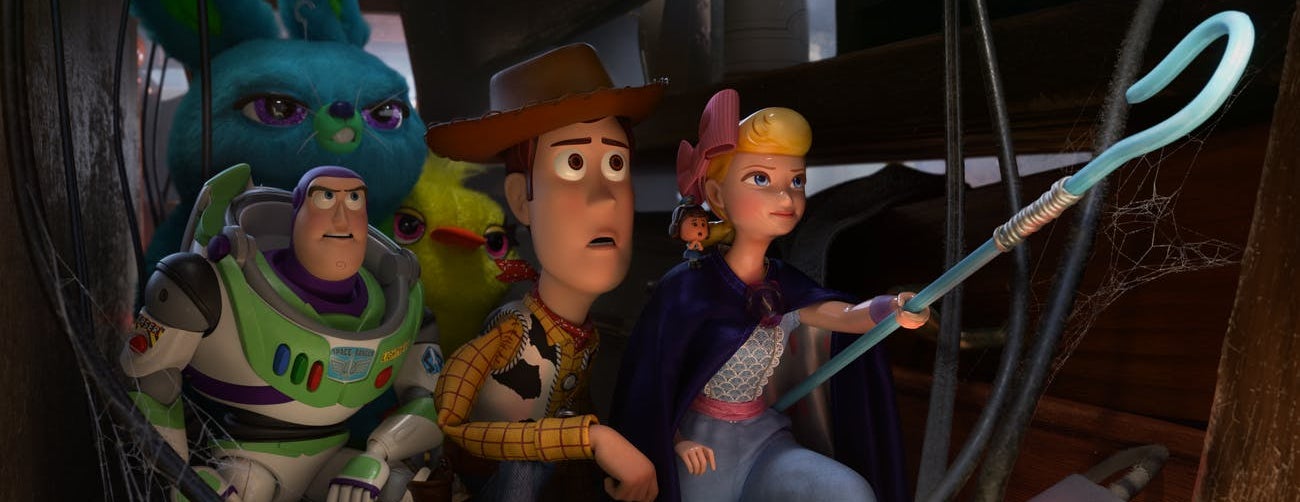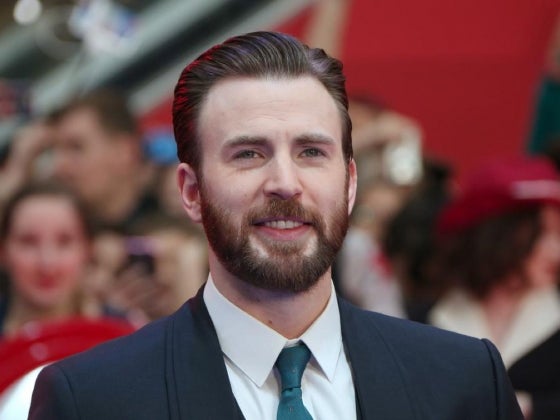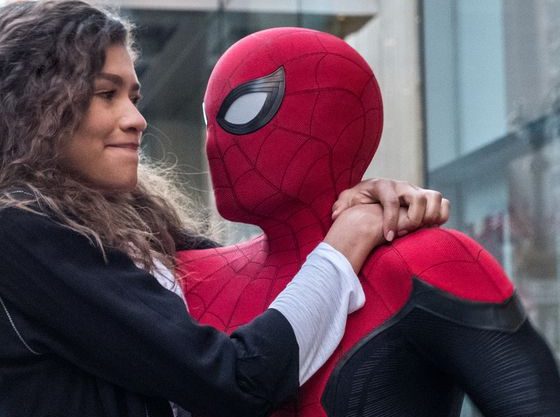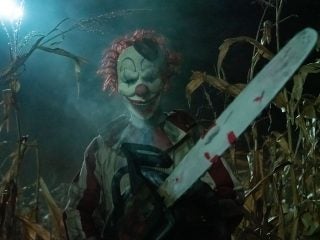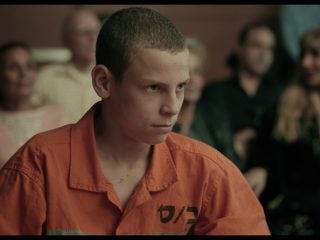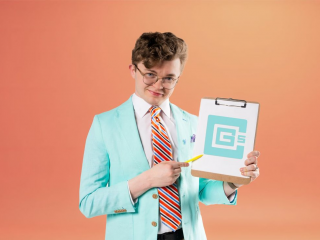Across three entertaining and rather emotional films, the Toy Story franchise tackled jealousy, identity, and obsolescence. Now, ten years later, Woody, Buzz, along with friends old and new tackle a different universal and existential dilemma: purpose.
Gone is Andy, the former toy-lover who grew up and moved on to college. Enter five-year-old Bonnie, the new precocious youngster who has in her possession Woody and the rest of the gang, but who doesn’t quite have the same preferences as Andy did. Woody (Tom Hanks) in no longer in charge in Bonnie’s playroom – in fact, he is rarely chosen for toy time and instead relegated to the closet with a stuffy clock and other ill-used toys.
However, having experienced life – at least within the confines of domestic routine – Woody sees himself a protector of Bonnie, and when she starts kindergarten, he invites himself along in order to protect her. It’s there that introverted Bonnie uses craft time to manufacturer a new best friend out of a plastic spork, pipe cleaner, putty, and some googly eyes: Forky lives! Woody assumes a mentorship role of this newly arrived (born? Birthed? Divined?), and incredibly terrified toy who is overwhelmed by everything.
And so Woody, in thinking he has found an important purpose, further spirals downwind in his midlife crisis. He is unsettled and in denial, and those traits may resonant more with those who grew up with the original Toy Story than those who are being introduced to it for the first time ahead of this new tale. After all, if you’re a kid without any responsibilities or demands, Woody’s need to serve and affect the world in some way may fall flat. Woody has changed careers, essentially; or at least changed roles, due to the fluid desires of those in his sphere. A couple movies ago he came to terms with sharing the spotlight and meaning new toys – we can all coexist. But he is no longer a leader, and more significantly, cannot shake the familiarity and safety of home and routine.
A road trip leads to Forky being held for ransom by a determined doll, and Woody leads a rescue because he knows Forky gives Bonnie confidence and comfort. But more importantly Woody needs something to do and wants to be the hero. When he reconnects with Bo Peep, he is unnerved to find that not only she is a so-called lost toy, but that she and her cadre of friends embrace being untethered. It does not compute for Woody that some people, er toys, aren’t following a safe, grounded, traditional journey. Woody cannot grasp that not only is it okay to not have a set path, but that there are many who seek out that lifestyle.
That may be something that will need to be explained by parents to kids – if they want that message imparted. Amid all that subtle commentary though is what audiences and families have come to expect from Disney Pixar: thoughtful, joyous, and funny stories that appeal to all ages. The framework isn’t particularly novel, but there is some comfort in the familiar, as Woody would attest.
Which isn’t to say there aren’t’ some intriguing modifications and great bits. Bo Peep essentially co-headlines this story with Woody, while a woman (well, girl) also plays the villain of sorts, so there is some better representation than in the past it would seem. Bo leads Woody and a team of toys to infiltrate an antique shop where Gabby Gabby (Christine Hendricks), a scorned doll with a broken voice box, has tricked Forky into being her captive. Bo is fierce and savvy, Woody is impulsive and monomaniacal, and everyone else seems pretty content with their life choices (Buzz is particularly funny, but isn’t given too much to do.
Audiences will likely welcome a few new characters. Keanu Reeves makes a great impression voicing a Canadian stuntman toy Duke Caboom, who couldn’t live up to the feats showcased in his commercial. It’s Ducky and Bunny, however, ta pair of carnival prize stuffed animals voiced by Keegan-Michael Key and Jordan Peele, who are regularly hysterical. They have one ongoing gag that is funnier each time and for better or worse stands out as the comedic highlights of the film (stay through the credits).
This iteration of Toy Story tells a compelling tale with a quality message, but feels more episodic than grand, more quaint than innovative. That’s not necessarily a bad thing; after three solid movies, including two sequels that were probably better than they should have been, it’s hard to return after ten years and best any of what came before. I suppose that fits into the message the film is trying to impart: you can’t always be everything, but don’t be afraid to try to be something.




